According to the Bible and Christian tradition, Jesus was crucified by the Romans in 30 or 33 AD and he was put in a tomb, whose location remains unknown, until he was resurrected three days later. The location of the tomb is unclear but this new piece of evidence will shed plenty of light… The Church of the Holy Sepulcher in Jerusalem has long been considered the resting place of Jesus, beneath a shrine called the Edicule, a term meaning little house.
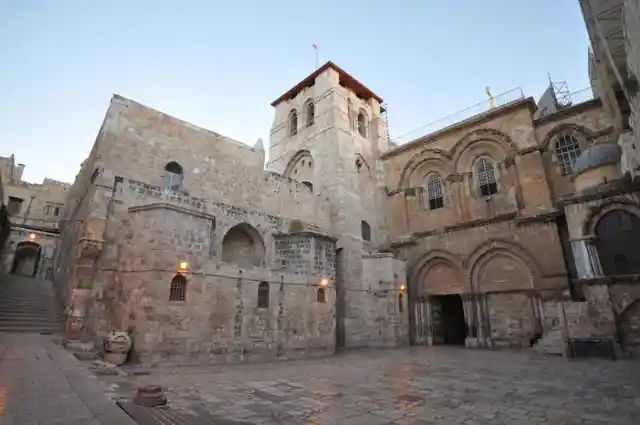
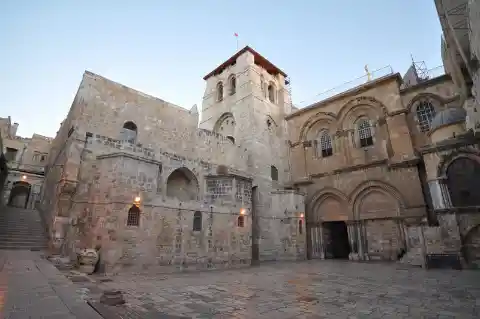
According to tradition the tomb was a limestone cave.
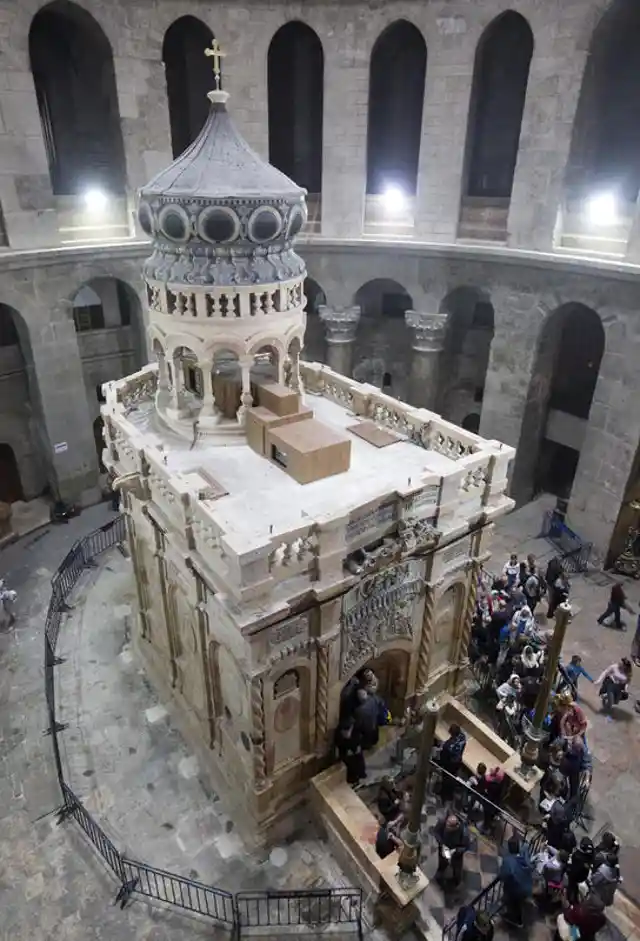
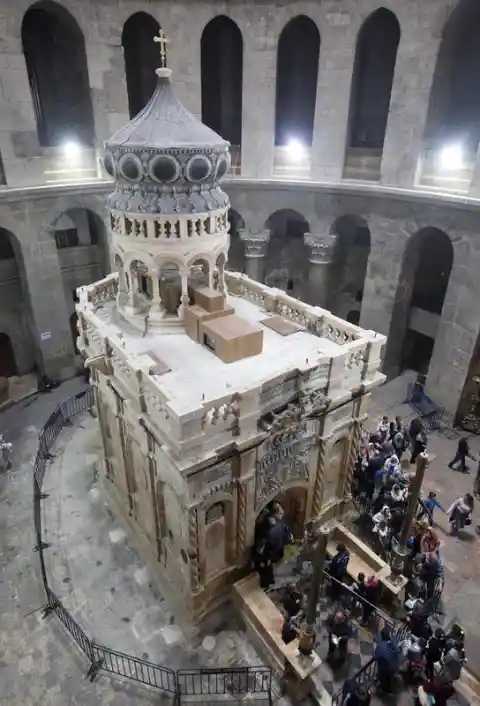
This belief in the exact location of the Tomb of Jesus is actually ancient as it originated in the 2nd century AD, when the Roman Emperor Hadrian apparently tried to conceal the resting place of Jesus by constructing a temple to Venus, the roman Goddess of beauty and love, over it.
Later, in 325/326, another Roman Emperor, Constantine the Great intervened in that space. Constantine was the first Roman emperor to follow Christianity and made it the state religion of the empire.
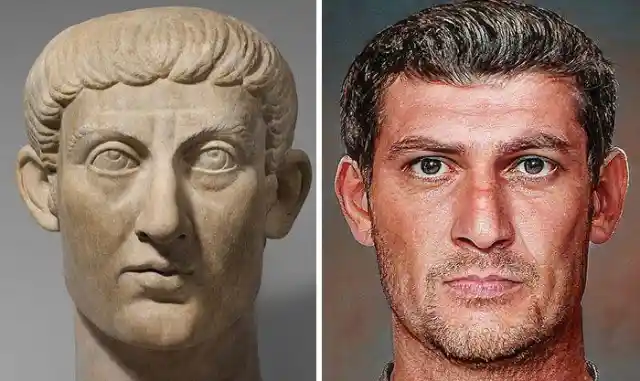
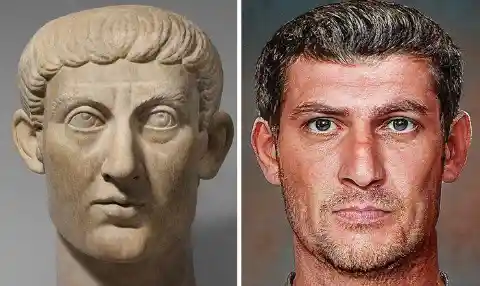
He decided that the temple of Venus would be demolished, and a church would be created in it’s place, the Church Of The Holy Sepulcher.
Constantine’s original temple didn’t survive for long.
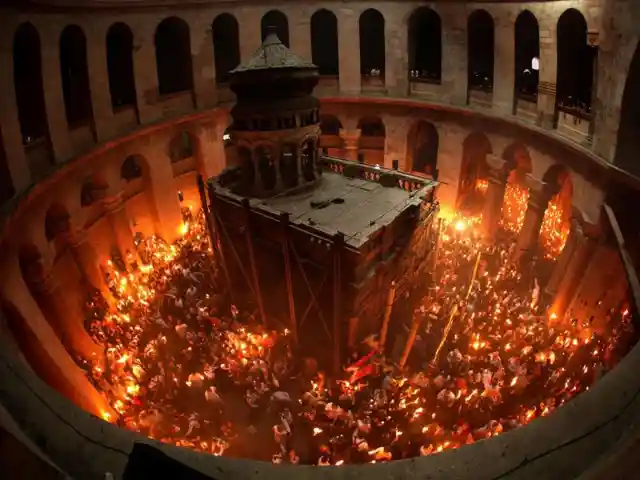
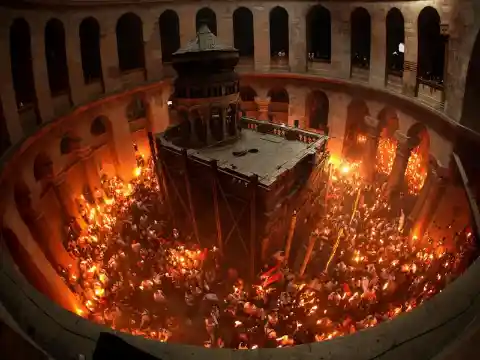
When Khosrau II, Emperor of the Persian Sassanid Empire, captured Jerusalem in 614, he burned the temple to the ground.


In 629, Roman Emperor Heraclius recaptured Jerusalem from the Sassanids and restored the church to it’s former glory while reclaiming the True Cross, the cross where Jesus was believed to be crucified on.
The church however was badly damaged in a series of earthquakes: first in 746 and then in the early 9th century.
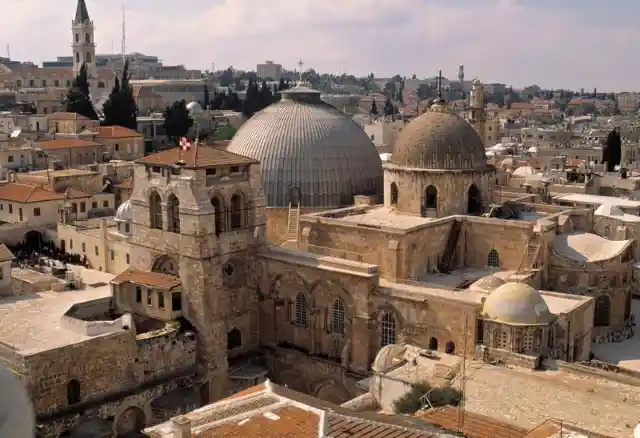
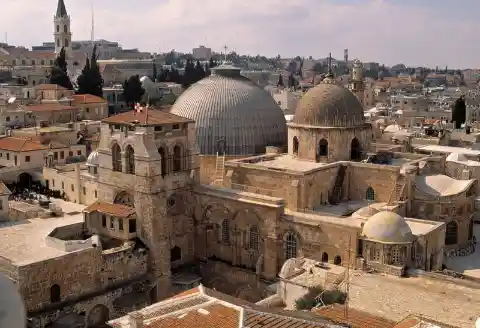
Whatever was left of it was damaged again by a number of fires that broke out in the city of Jerusalem.
It was 1009, when the new Muslim Caliph Al-Hakim bi-Amr Allah, demolished the Church of the Holy Sepulchre.
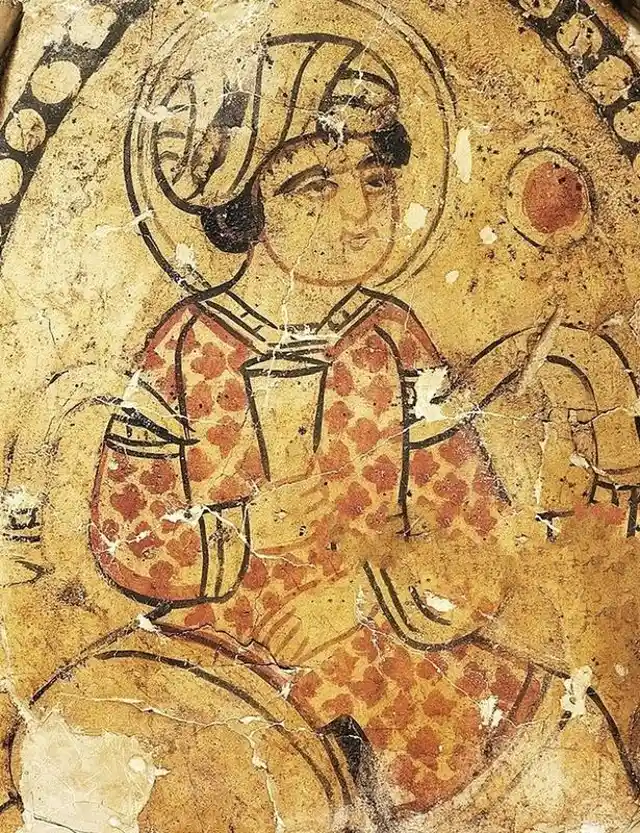
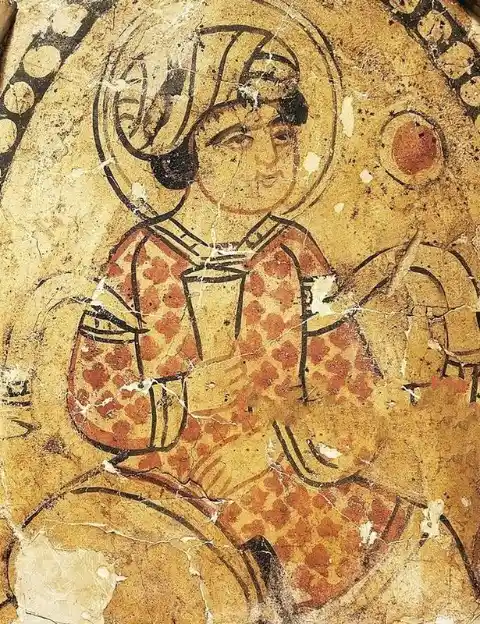
Then in a progressive act of religious tolerance, Al-Hakim’s son, Caliph Ali az-Zahir, allowed the church to be reconstructed.
Until the end of the century, the best efforts of the Byzantines to reconstruct the church had been proved futile, to the point where Christian pilgrims to the site described the church as little more than ruins.
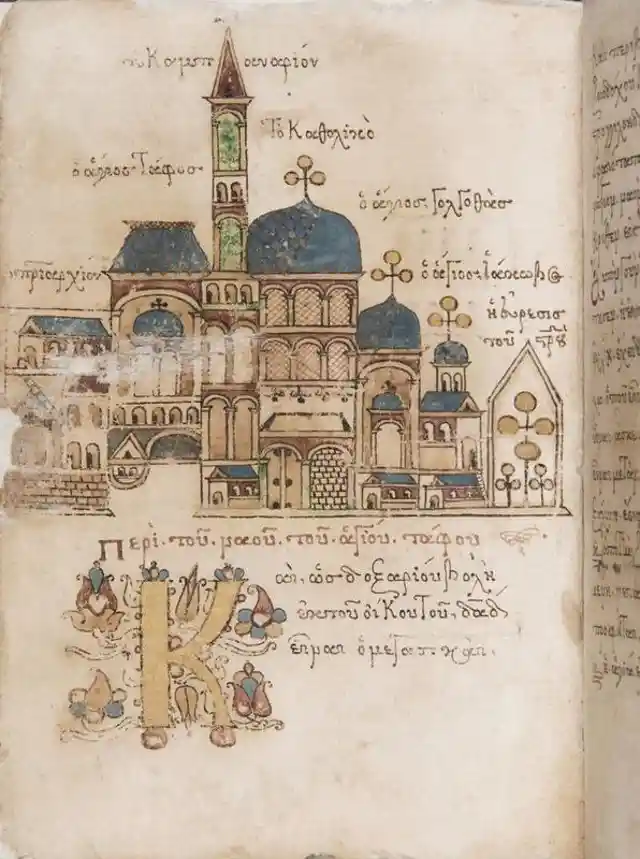
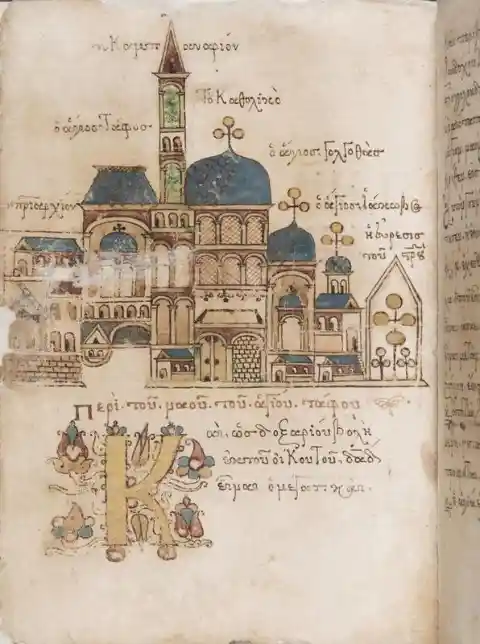
Until the Crusades came…
After the First Crusade that came to Jerusalem in 1099, there followed 7 more Crusades, all the way until the end of the 13th century.


It was in this era that the Church of the Holy Sepulcher was reconstructed and became the seat of the Christian Patriarch of the area.
After the defeat of the Crusaders, the church was once again neglected for centuries, until 1555, when Franciscan monks started reconstructing parts of the church.
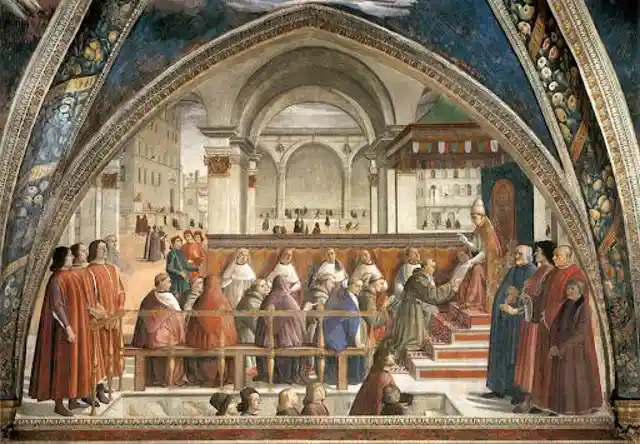
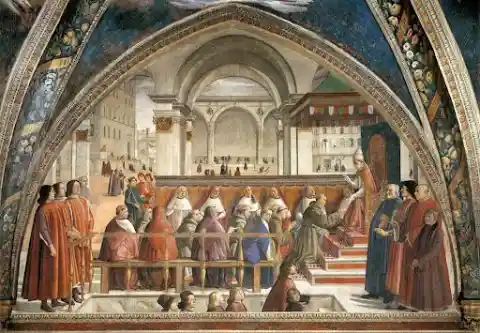
A new fire in 1808 damaged the church seriously and it required new repairs immediately.
The 1555 restoration by the Franciscan monks that was mentioned earlier was actually a crucial moment for the identification of the Tomb of Jesus, since they are thought to have covered the tomb with a marble cladding.
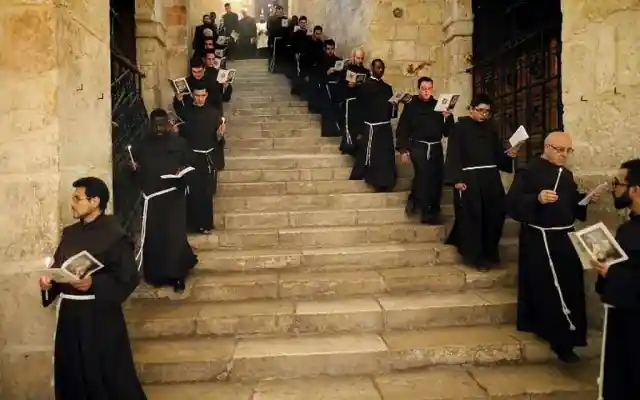
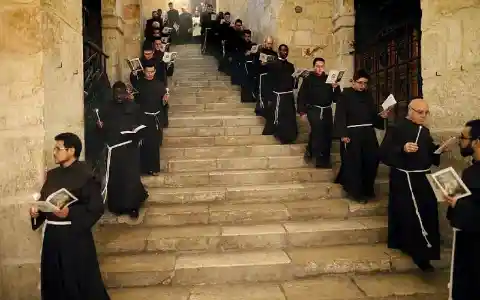
Though some modern researchers believe that cladding was put there earlier, the fact is that no one has seen the tomb since 1555.
From the 20th century onwards, the church has been restored continuously. And this, coupled with modern archaeological research, caused new questions: how old was the base structure in reality?
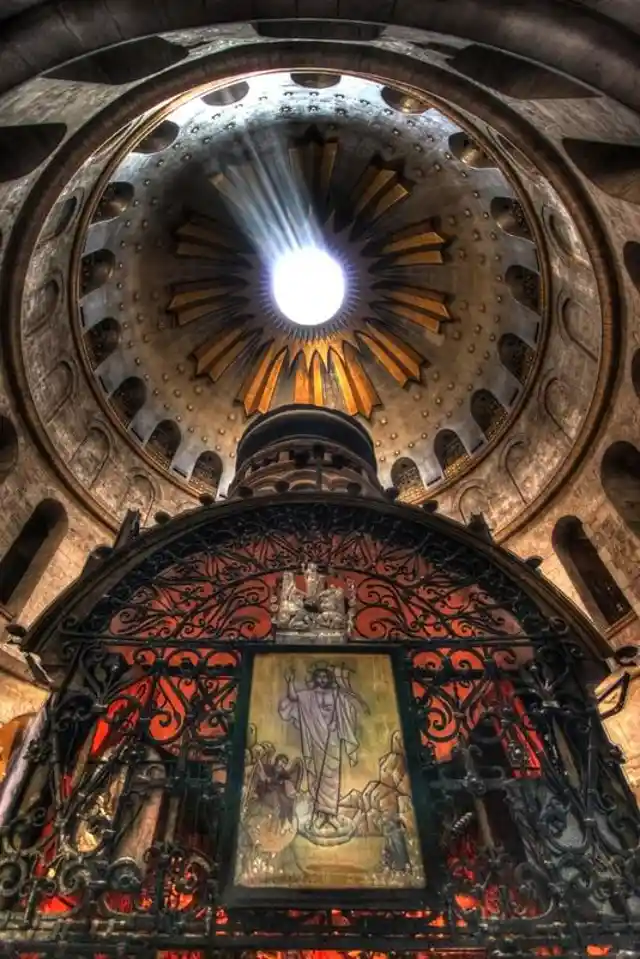
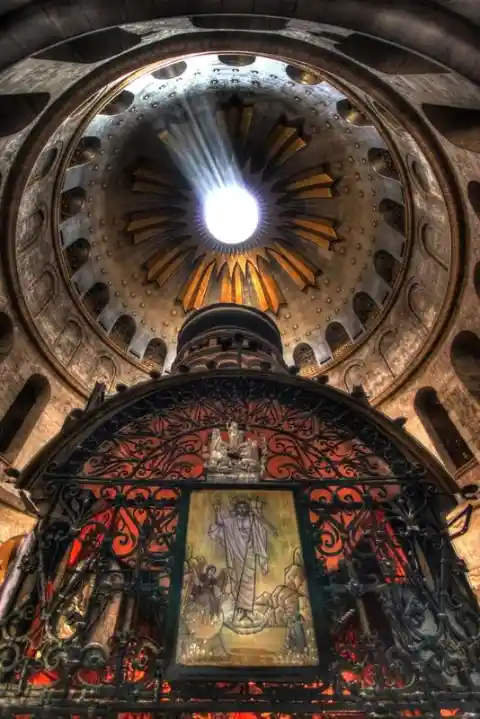
And more importantly, how old was the tomb, believed to be the resting place of Jesus?
Until now, the oldest piece of the Church was found by archaeological research to be, at most, 1000 years old.
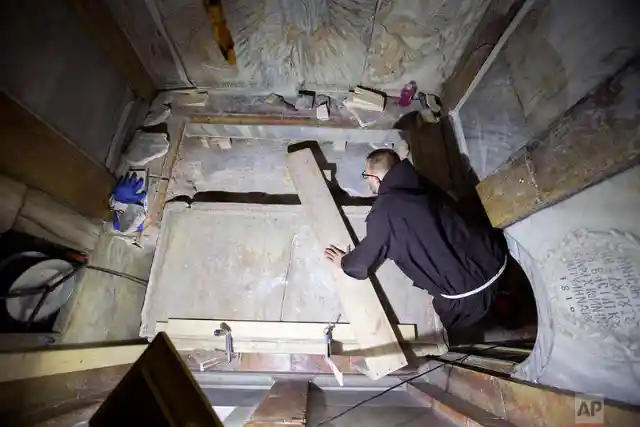
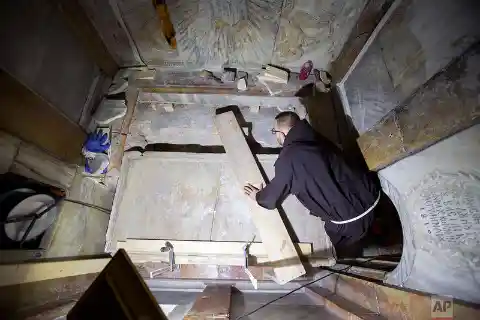
They were referring to the sections built by the Crusaders, long after the church was demolished by the Caliph.
Today, the church is controlled by six different strands of Christianity. Consequentially, it requires copious diplomacy to get any decisions made about maintenance and archaeological research in the church.
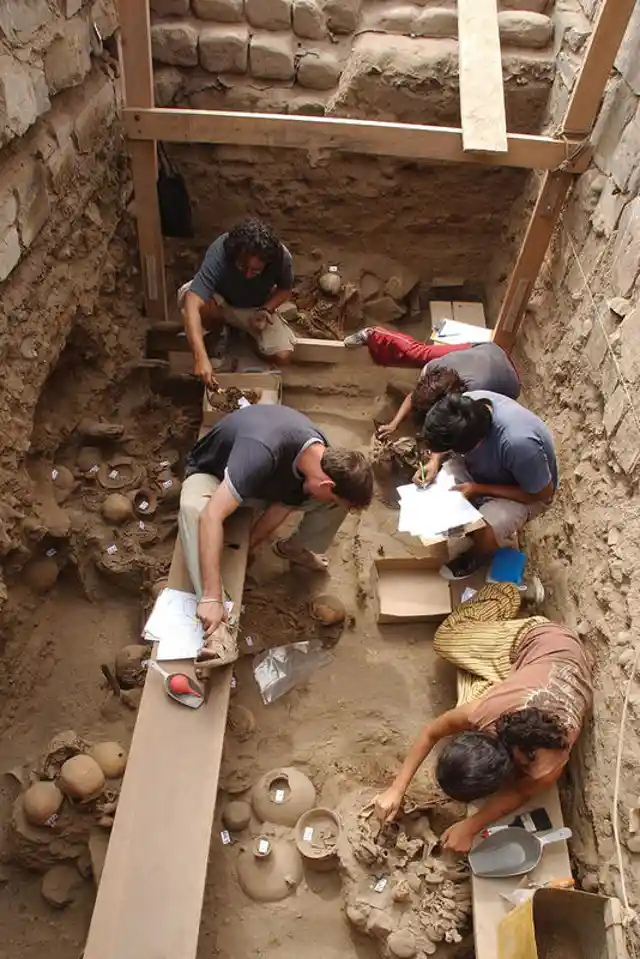
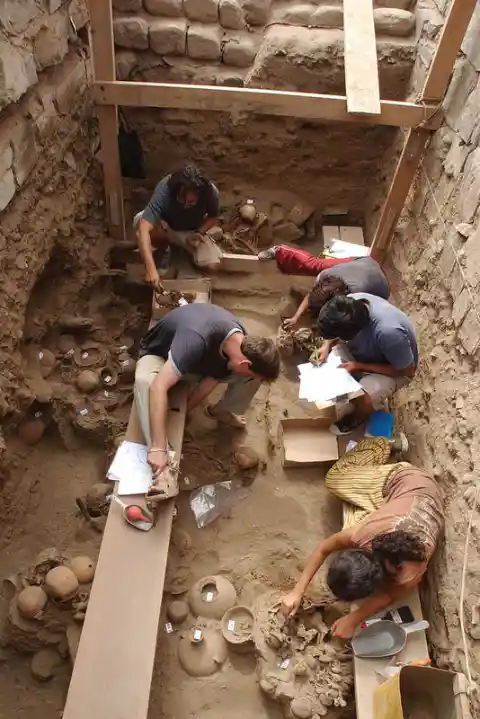
But in 2015 the representatives agreed to allow researchers from the National Technical University of Athens to undertake further research and manage a new restoration of the Edicule and the tomb within it.
The 1927 earthquake that ravaged Jerusalem, left the Edicule in a terrible state. In fact, it was so close to collapsing that in 1947, the British administration that controlled Jerusalem at the time, used scaffolding to keep the structure together.
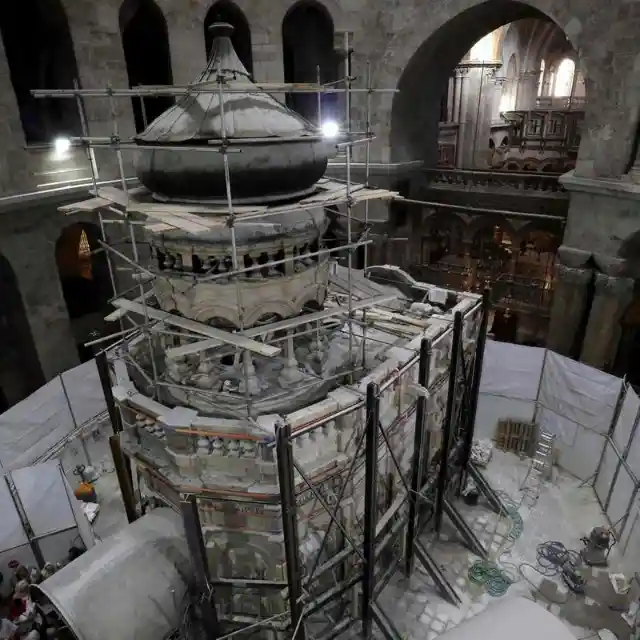
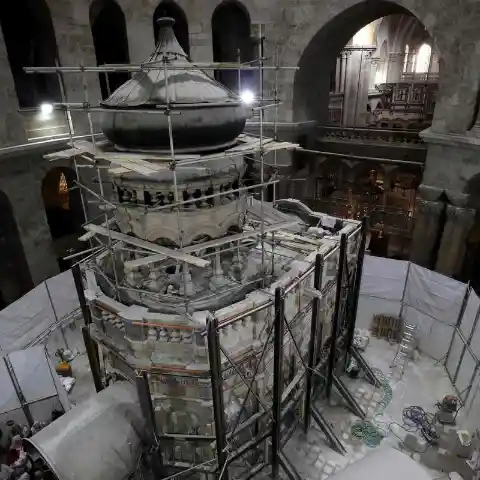
This unattractive scaffolding was only removed with the current restoration.
The crucial task of restoring the Edicule was given to the experts of the National Technical University of Athens. This group of 50 specialists was guided by chief scientific supervisor Antonia Moropoulou, a hugely respected academic with lots of experience in restoration projects of such magnitude.
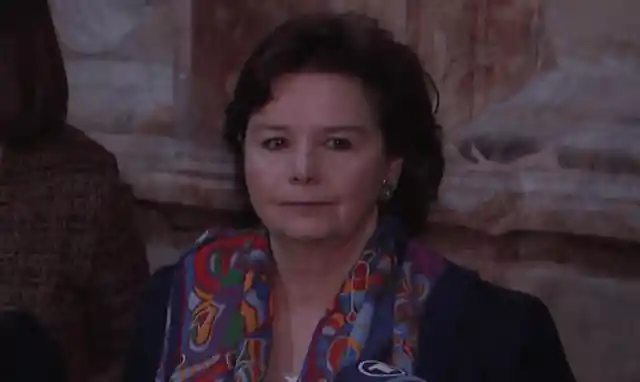
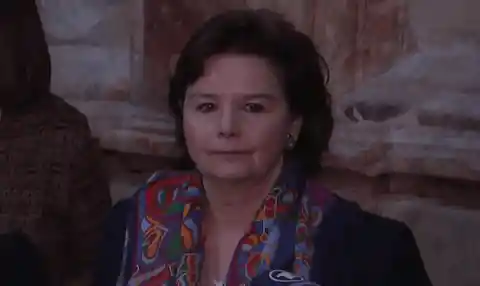
They arrived in Jerusalem in 2016 and immediately got to work.
The very first task of her team was to remove the old, displeasing scaffolding that was put there in 1947. Ms.
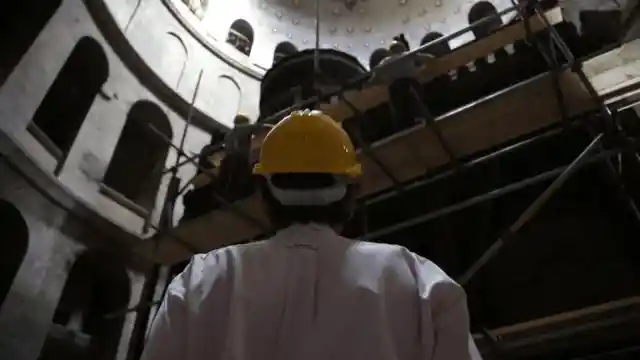
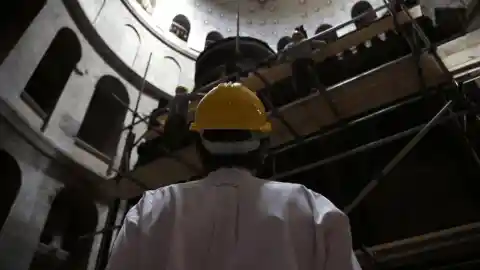
Moropoulou seemed ecstatic about this, telling NPR in 2017, “This monument today is free. It is emancipated from the iron grids.”
When she first started though, Ms. Moropoulou wasn’t as optimistic.
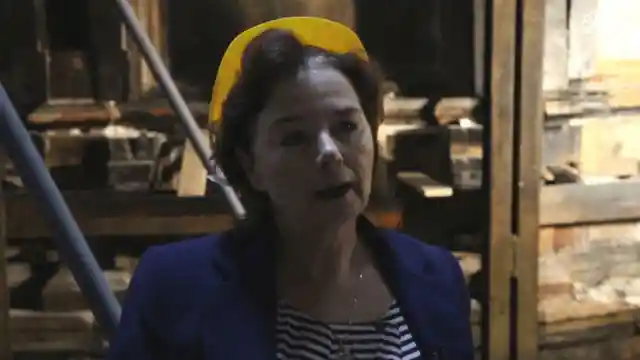
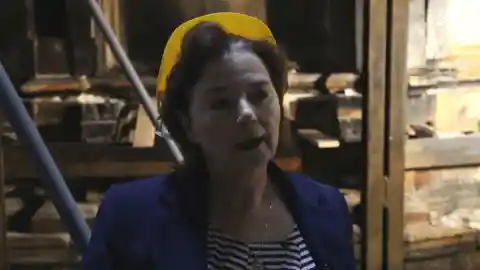
Speaking to NBC News in June 2016, she explained, “We have very difficult and challenging work here. We discovered by nondestructive techniques that there are cracks on the holy rock that surrounds the tomb.” These cracks were caused by pressure that had been exerted over the years by the stone columns supporting the dome.
But apart from the complex restoration work they were tasked with, the team of Greek specialists also had a huge cleaning task. You see, the church sees many visitors and pilgrims who light candles annually, coating the Edicule and it’s surroundings.
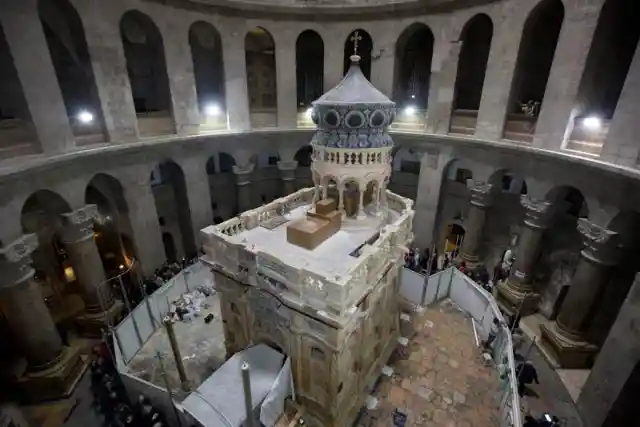
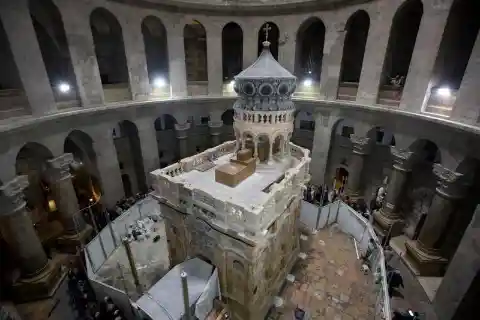
Even bird dung was found, and the experts’ team had to be very careful in cleaning the monument without damaging it.
World Monument Fund president Bonnie Burnham chimed in to explain how the scaffolding caused more dirt to tarnish the Edicule. She also stressed the importance of removing the unattractive reinforcement.
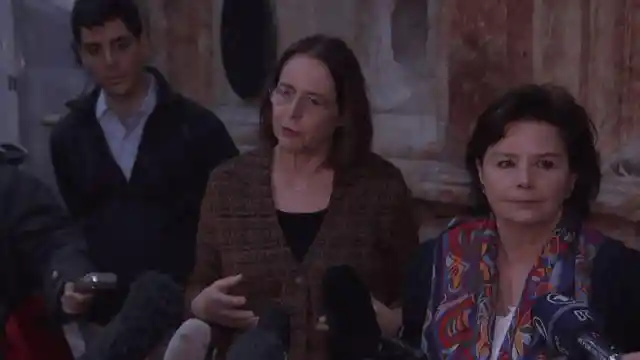
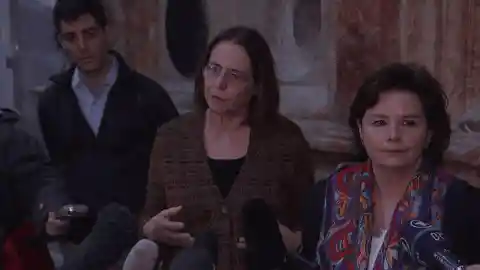
Speaking to NBC News, she said, “This is a complete transformation of the monument.”
“The monument was surrounded by scaffolding that made it very difficult to really appreciate,” Burnham explained.
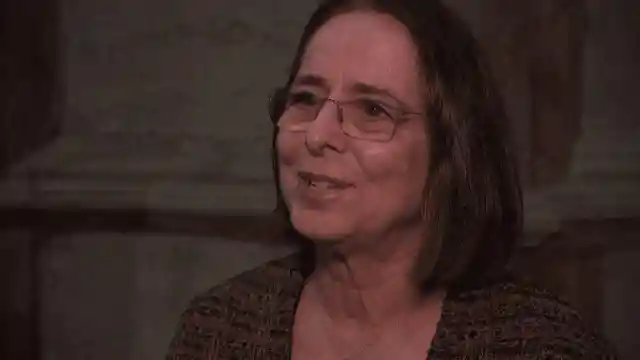

“And the scaffolding was often used by the worshippers to place candles, so the entire outside of the building was covered with black soot and you couldn’t really see the color.”
Burnham firmly believed that removing the scaffolding would have been a drastic change by itself.
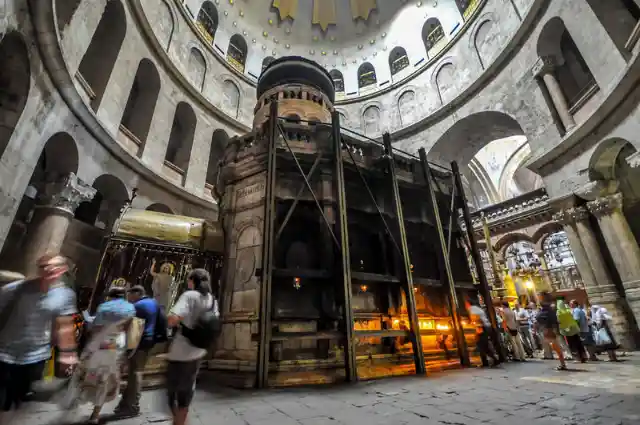
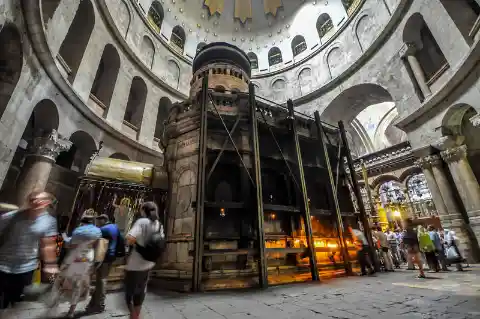
Indeed, she claimed that this change – coupled with the rest of the restoration work – would “stimulate a new respect on the part of the visitors to enjoy and appreciate the beauty of the building.”
As was mentioned before, cleaning ancient monuments is a very delicate procedure as you have to avoid damaging the original structure.
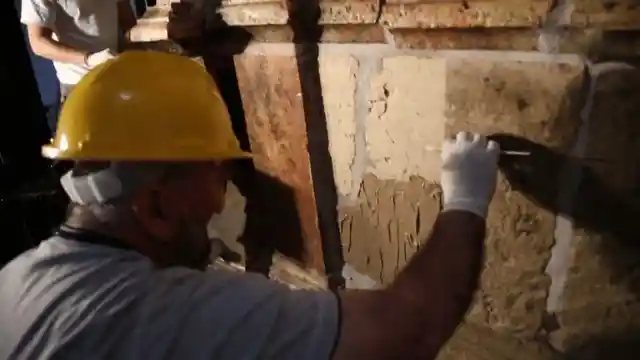
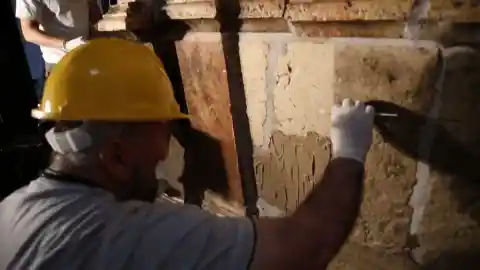
The restorers had to use cotton swabs to meticulously clear away the spoiling layers of dirt.
After the exhausting task of cleaning the monument from the stains and layers of dirt was over, the original color of the marble reemerged: a beautiful, deep red color.
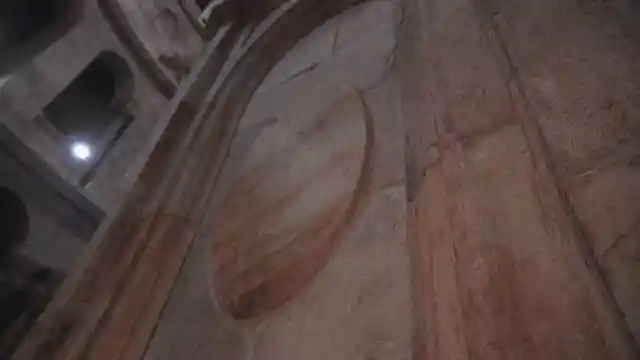
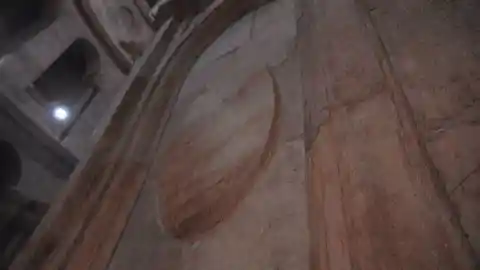
Then, the restorers went on to reinforce the structure before carefully removing the stone slabs that surrounded the Edicule.
After the façade slabs had been removed, however, it was apparent that the stonework that lay beneath them required some restoration.
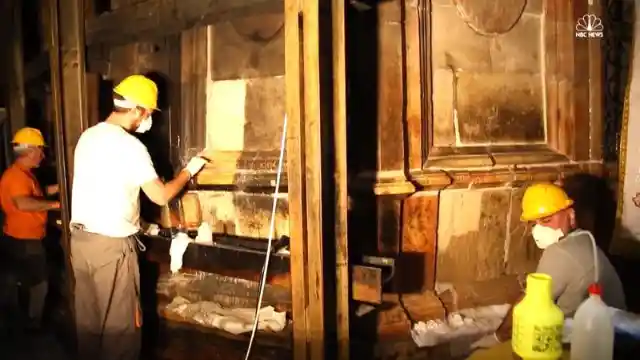
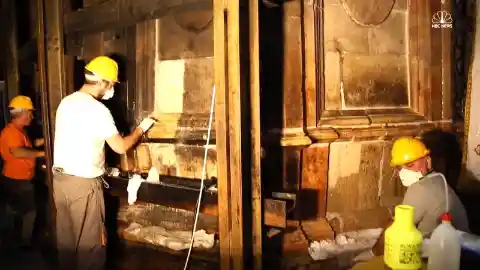
Using a specially formulated grout mix and titanium webbing, part of the structure was rebuilt and strengthened.
A crucial moment in the restoration project came on October 26, 2016. It was then that the experts were able to remove the slab that covered Jesus’ Tomb.
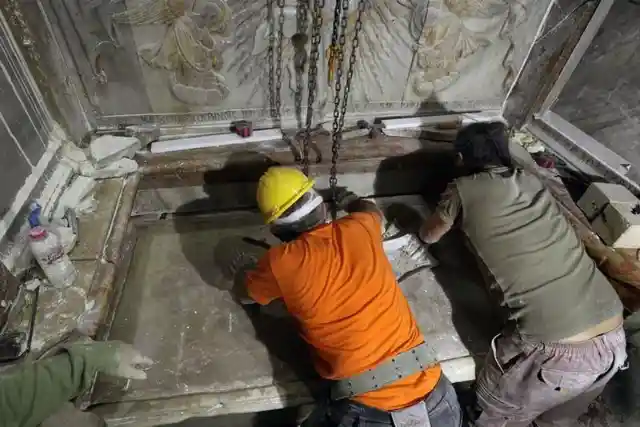
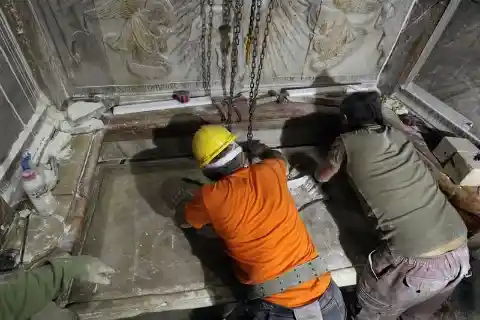
Meanwhile, the church was closed to worshippers. Inside the church, there were the restoration experts, as well as representatives from the Copts, the Greek Orthodox Church, and the Franciscans.
After removing the marble slab, only debris was found. However, once the debris was removed, the archaeologists made a monumental discovery: beneath a second slab dating to the time of the Crusaders, there was another slab and it’s mortar fixing.
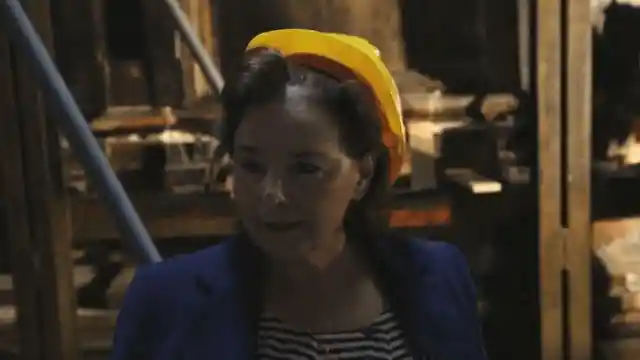
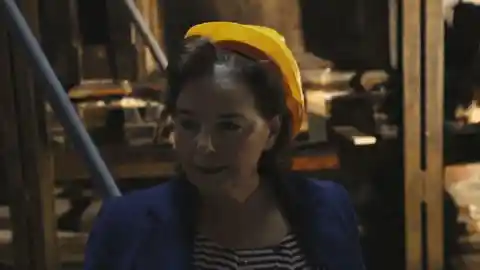
After chemical examination, this mortar was found to be from the 4th century, when Constantine built the original Temple of the Holy Sepulcher.
Beneath that last layer of marble, the limestone walls of the cave were Jesus is believed to have been buried were found. And Ms.
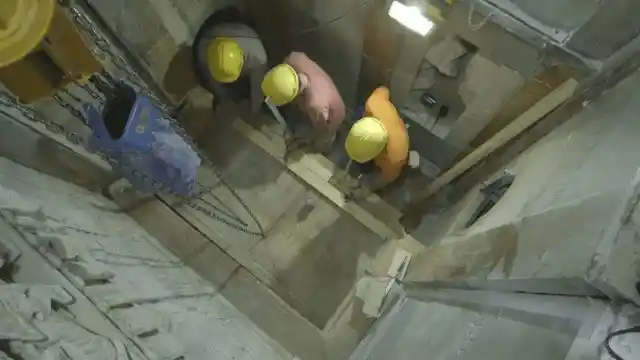
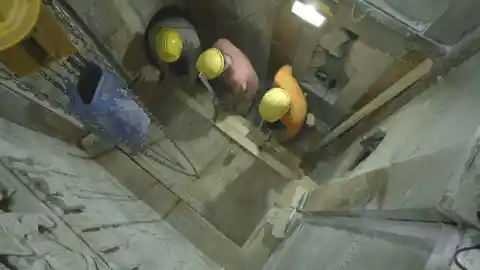
Moropoulou was ecstatic about the importance of these findings. She told NBC News, “The opening of the tomb was a unique moment not only for us, but for all humanity.”
While speaking to National Geographic, archaeologist Fredrik Hiebert described his emotions: “I’m absolutely amazed,” he said. “My knees are shaking a little bit because I wasn’t expecting this.
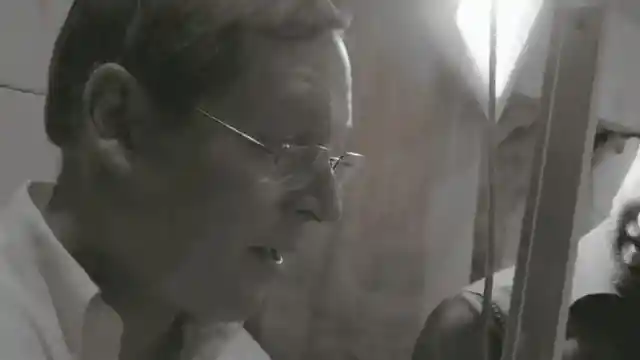
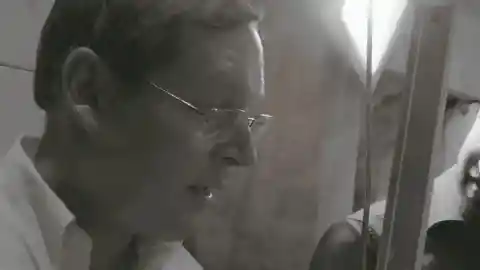
We can’t say 100 percent, but it appears to be visible proof that the location of the tomb has not shifted through time – something that scientists and historians have wondered for decades.” The restoration team continues working hard to restore the monument ever since. We can only hope that they can make even more discoveries and broaden our historical knowledge.